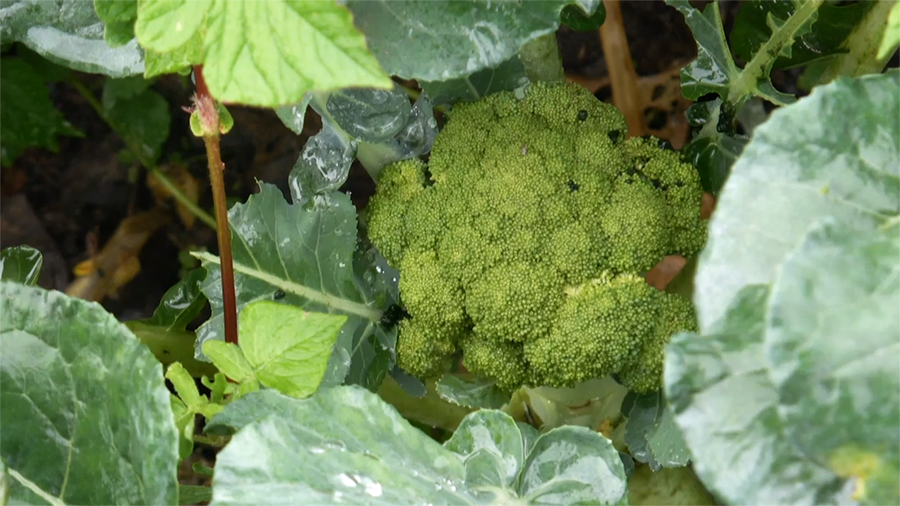
In Trashigang, residents of Tshogoenpa village who are new to commercial vegetable farming have been making good income from sale of vegetables. However, the village, which is the largest vegetable producing village in the gewog, is facing water shortage during the winter months. The place is known for producing vegetables all-year round.
 The farmers are already harvesting their produce. Some are preparing fields for another plantation.
The farmers are already harvesting their produce. Some are preparing fields for another plantation.
The village has two vegetable groups that grow cauliflower, cabbage, broccoli, radish, bean, and potato among others.
Vegetable vendors come to the village to buy their harvest while some are sold to nearby districts.
The village is around 4 hours’ drive from Trashigang town and borders Pema Gatshel’s Nanong Gewog.
Despite the water shortage in winter, farmers capitalise on the fertile soil of the place for most part of the year.
Deki Choden, a farmer in the village said, “I have started growing vegetables 10 years ago but it has been almost 5 to 6 years that I started cultivating vegetable for commercial purpose. If we grow on a large scale, we can make around Nu 160,000 to Nu 170,000 in a year.”
Likewise, Karma Choden said, “I can make only Nu 30,000 to Nu 40,000 in a year. And I am thinking of continuing vegetable cultivation.”
The issue of water shortage was discussed during the Gewog Tshogde session as well. However, due to lack of proper water sources in the area and lack of enough budget, the water issue has remained unresolved.
Tshogoenpa’s Tshogpa Sonam Youden said, “Water problem is not a new issue here. It has been a few years now that we have been facing it. We do not have proper sources here but we have identified sources from Pema Gatshel’s Nanong Gewog, so we will request them.”
Farmers were also provided with pipeline and drip irrigation facilities by the agriculture sector and the agriculture ministry’s CARLEP Programme. There are also plans to provide water storage tanks soon.
Tshogoenpa village has around 63 households. It produced around 15 metric tonnes of vegetables last year according to the district agriculture sector.
Sonam Darjay, Trashigang
Edited by Kipchu







